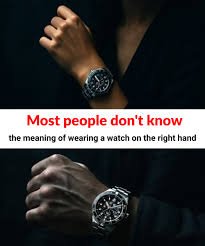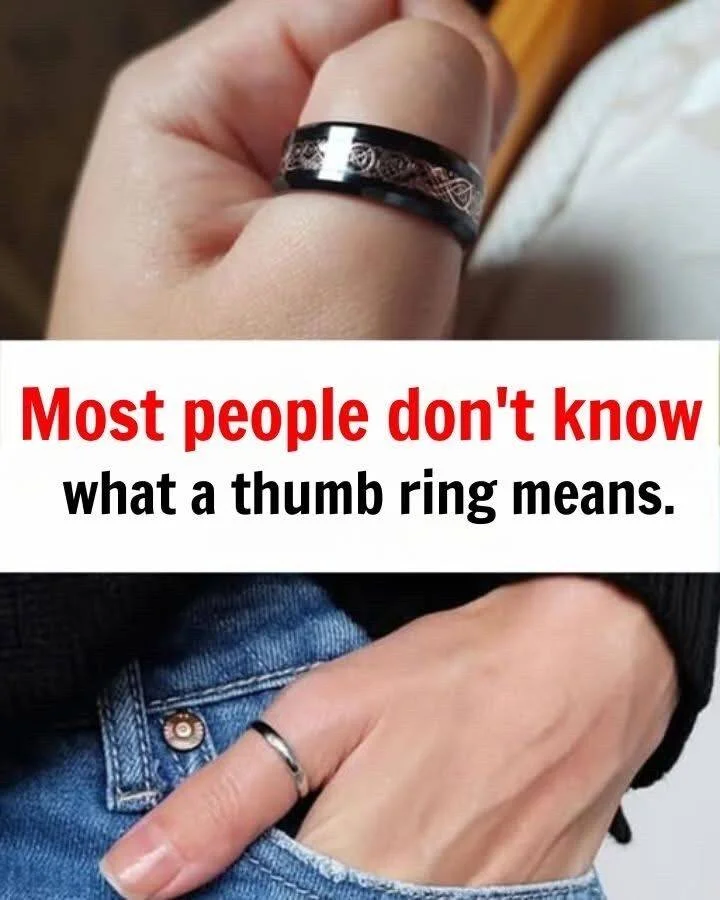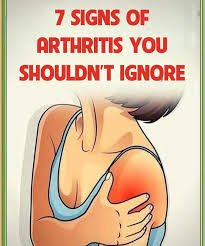😱😱Baby born with an DIU peg… See more
A doctor was left surprised when she delivered a baby holding something “interesting” in his hand – after sharing the photo, it’s gone viral. A woman who gave birth after her contraception “failed” has shared a photo of the extra surprise her newborn arrived with. The little boy, who was born at Hai Phong International Hospital in northern Vietnam, arrived into the world reportedly clutching his mum’s contraceptive device in a hilarious snap that has since gone viral. While the mum has remained anonymous, the images were shared by obstetrician Tran Viet Phuong, who said she thought it was “interesting” he was clasping the intra-uterine device (IUD) as he came into the world. “After delivery, I thought him holding the device was interesting, so I took a picture. I never thought it would receive so much attention,” she said. RELATED: Why Australia should ditch the pill The boy was born clutching his mother’s intra-uterine device. Picture: CEN/australscope The baby’s 34-year-old mother said she had the coil inserted two years earlier but it clearly didn’t work because she later found out she was pregnant. Dr Phuong explained the device may have been moved from its original position, becoming an ineffective form of contraception and allowing the mother to become pregnant. The baby was healthy when born, weighing 3.2kg – a third baby for the mum who already had two children, according to a report by The Sun. Snaps of the bub’s elaborate entrance into the world have sparked a huge reaction online with many declaring it “hilarious”. “This baby was destined to be born,” one wrote on Facebook. “Someone I know had this happen to her. Her baby was born holding her coil,” another said. Some people said it was “lucky” the device did not hurt the bub. While the picture has captured public imagination, the mother has not commented on its authenticity. It’s not the first time a baby has been born apparently defiantly clutching its mum’s failed contraception. Back in 2017, a baby boy named Dexter arrived holding his mum’s Mirena implant, which his mum shared on Facebook. “Mirena fail!” she captioned the snap. However it was later revealed to be a staged shot taken by the new parents. The IUD was actually said to have been removed during the mother’s c-section, rather than being clutched in the baby’s tiny fist. There are two types of IUDs available to women to use, both of which are placed inside the uterus to prevent pregnancy, according to Health Direct. The difference between the two which are both similar “T” shapes are one is made from copper acting more as a physical barrier to prevent pregnancy, while the other is made from plastic and has a slow-release hormone.








